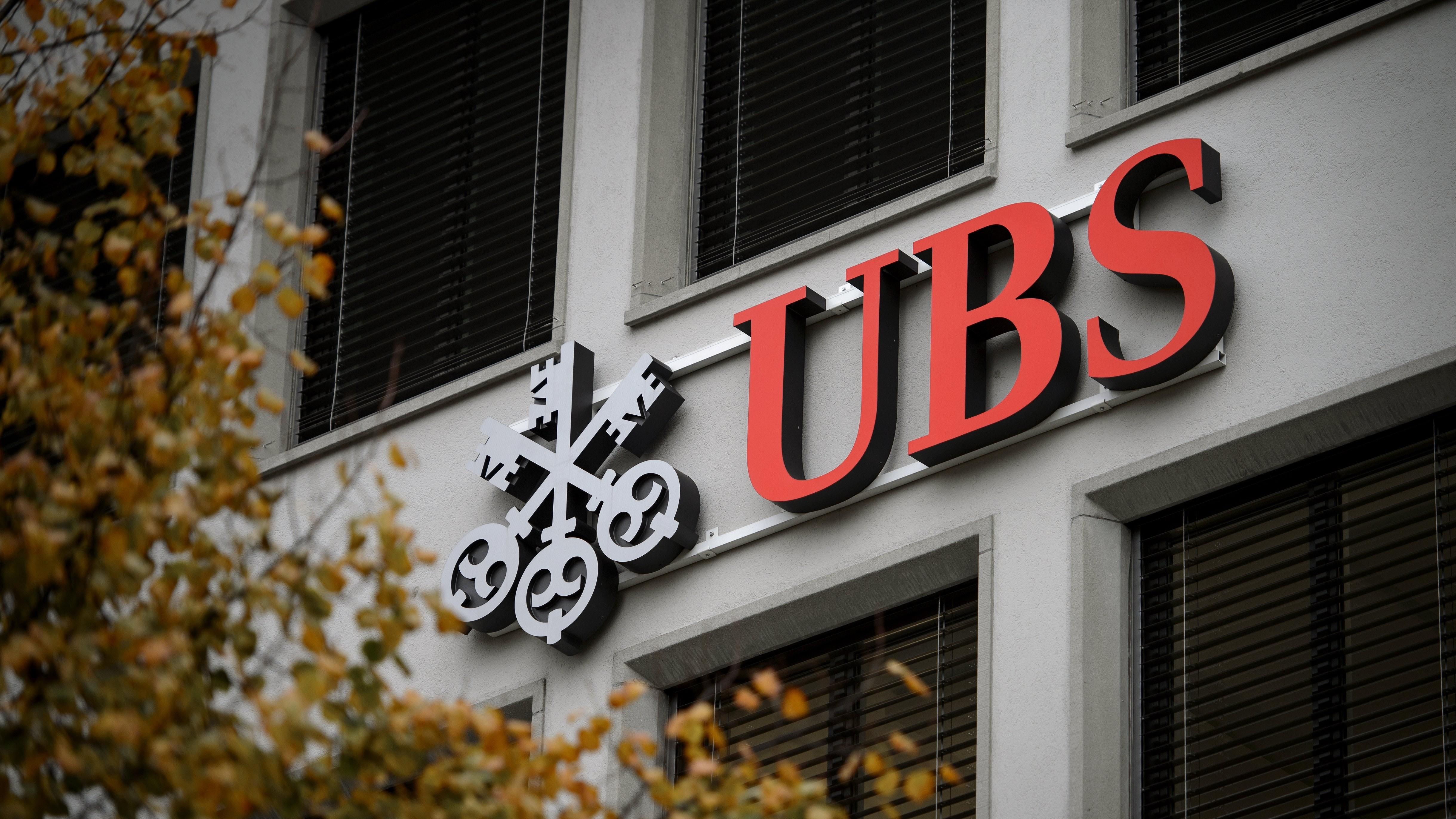
On March 21, UBS's China Equity Strategy team summarized the most important A-share issues for global investors: why A-shares have lagged behind Hong Kong stocks this year, and how much room for A-share valuations to rise.
UBS believes that A-shares, as a better proxy of China's macro economy, will benefit from signs of recovery in the consumer and industrial sectors, including positive factors such as the popularity of high-quality domestic content, strong growth in car sales, and the gradual stabilization of the property market.
How much room is there for A-share valuation?
Although the current valuation of A-shares has rebounded, it is still at a relatively low level, and there is still a lot of room for improvement in the future. According to UBS, although the tracking price-to-earnings ratio of all A-shares has rebounded to more than 19 times, it is still 7%-8% lower than the average of 2017 and 2021. It is important to know that in years with strong earnings performance (such as 2017, 2019 and 2021), the P/E ratio of A-shares is either significantly above average or significantly improved. This suggests that the current level of valuations is far from peaking.
UBS expects that the CSI 300 Index (CSI 300) will increase from 1% in 2024 to 6% in 2025, mainly due to the recovery of margins in the downstream sector and a lower earnings base. This means that there is still room for further valuation of A-shares in 2025, and the historical average is not necessarily the upper limit of valuation.
At present, the equity risk premium of A-shares is still 0.9 standard deviations above the long-term average, indicating that the overall risk appetite of the market is still limited. However, lower risk-free rates and long-term capital inflows are expected to support the market by reducing equity risk premiums.
Globally, the CSI 300 Index is currently trading at a 4% discount to the MSCI Emerging Markets ex-China Index, well below the historical average premium of 22%. This discount is an indication that A-shares are becoming more attractive at valuations in global markets.
Why do A-shares lag behind Hong Kong stocks?
The performance of A-shares has significantly lagged the Hong Kong market this year. As of March 19, the CSI 300 Index (CSI 300) and all A-shares rose 1.9% and 6.5%, respectively, well below the gains of the MSCI China Index (23.4%) and the Hang Seng Index (23.5%). UBS points out that there are two main reasons for this disparity:
The A-share index is more skewed towards the financial, consumer and industrial sectors, while Hong Kong stocks are more concentrated in the internet and technology sectors. For example, the CSI 300 index has a combined weighting of more than 40% in financials and industrials, while the MSCI China index has a whopping 47% of internet companies. The internet sector is more reflective of China's macroeconomic dynamics, while the technology sector has benefited from the strong impetus for AI development in China.
Active mutual fund issuance in A-shares has been sluggish, while Hong Kong stocks have continued to attract southbound capital and foreign capital inflows. In the first ten weeks of 2025, the size of new A-share shares and hybrid funds was only 91.8 billion yuan, an increase of 118% year-on-year, but only 11% of the scale of the same period in 2021. In addition, passive funds accounted for 75% of total new issuances, up from 14% in 2021. In contrast, as of March 18 this year, the net inflow of southbound funds exceeded 361.1 billion yuan, a significant increase of 345% year-on-year.
Can the annual return of A-shares catch up with Hong Kong stocks?
UBS believes that from a full-year perspective, A-shares are expected to catch up with the performance of the Hong Kong market. Over the past three years, the annual return gap between A-shares and the Hong Kong market has stabilised, averaging less than 3 percentage points. At the same time, the AH premium index has recently fallen rapidly below the historical average, and from the perspective of mean reversion, the return of A-shares is expected to gradually narrow the gap with Hong Kong stocks.
The weights of the A-share index are mainly concentrated in the financial, consumer and industrial sectors, which are more reflective of China's macroeconomic conditions. Recently, there have been clear signs of macroeconomic recovery in China, especially in the consumer and industrial sectors.
Consumption recovery: Quality products and content are highly sought after by consumers. For example, the domestic triple-A game "Black Myth: Wukong" released in August 2024 sold more than 20 million copies in the first month; The domestic animated film "Nezha 2" for the Spring Festival in 2025 dominates the box office. During the Spring Festival, the number of domestic tourists and revenue increased by 6% and 7% year-on-year, respectively, and increased by 26% and 15% compared to 2019.
Strong car sales: In the first two months of 2025, wholesale sales of passenger cars reached 3.87 million units, up 13% year-on-year, indicating a strong recovery in the automotive market.
Real estate market picks up: Inventory of new homes in first-tier cities has fallen below historical averages, and the land auction market is relatively active, showing signs of recovery in the real estate market.
How does UBS see the ranking of global stock markets?
UBS's Global Equity Strategy team recently updated their market view. They are most bullish on European equities, followed by Chinese equities, but cautious on emerging markets (excluding China) and conservative on the recent performance of US equities.
UBS upgraded European equities to "overweight" for several reasons:
The political environment is more stable: this makes investors more willing to invest in European stocks.
Germany has stepped up fiscal stimulus, including increased defense spending, which is expected to boost European manufacturing, GDP growth, and corporate earnings.
Money is flowing back from the US to Europe: This means that more money is flowing to the European market.
Falling energy prices: This is good news for Europe because of lower costs.
UBS is cautious about emerging markets, which in this case excludes China. While equities in these markets appear to be cheaper than those in developed markets, this is mainly due to the fact that developed markets are more profitable and continue to improve. In addition, emerging markets are more susceptible to tariffs, such as the fact that they derive about 13% of their revenue from the U.S., compared to only 3% of MSCI China's constituents.
UBS believes that US equities may not perform as well as European and emerging market equities over the next 1 to 3 months. They predict that the S&P 500 could adjust further to around 5,300, so now is not a good time to buy.





